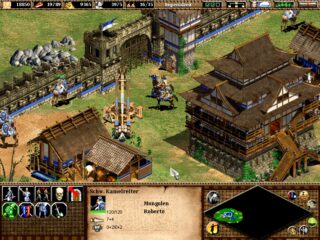Real-time pacing in computer games represents a fundamental shift from the traditional turn-based approach that dominated early gaming, where players would alternate moves in a chess-like fashion. Instead of waiting for your opponent or the computer to complete their turn, real-time games force you to think and act continuously as events unfold simultaneously for all players or entities in the game world.
This approach emerged across multiple genres throughout the 1980s and 1990s. Early strategy games like Napoleon at Waterloo for the Commodore 64 demonstrated that battlefield tactics could unfold in continuous time rather than discrete turns. Military simulators embraced this naturally - GATO, the submarine simulator, required players to react to sonar contacts and torpedo attacks as they happened, while MicroProse's Silent Service demanded split-second decisions during depth charge attacks or convoy intercepts.
The concept extended far beyond military themes. The Ancient Art of War proved that real-time strategy could work on a grand scale, while David Crane's Little Computer People created a virtual life simulation where your digital companion lived and acted independently of your input. Even more experimental was Geoff Crammond's surreal The Sentinel, a 3D puzzle game where the omnipresent enemy would constantly hunt you down as you tried to absorb energy and teleport to higher ground.
Role-playing games adapted this pacing as well. The Faery Tale Adventure allowed players to explore its massive world while time continued to pass, affecting day-night cycles and NPC behaviors. Later, dungeon crawlers like Dungeon Master and Eye of the Beholder revolutionized the genre by replacing traditional turn-based combat with real-time action, forcing players to click and move frantically as monsters approached down torch-lit corridors.
The real-time strategy genre crystallized with games like Populous, where you guided civilizations as a god-like entity, and Dune II: The Battle For Arrakis, which established the template that Age of Empires and Starcraft would later perfect. City builders like Caesar, SimCity, and The Settlers showed how construction and resource management could benefit from continuous time flow, while Syndicate proved that tactical combat could work brilliantly when every second counted and hesitation meant death.














